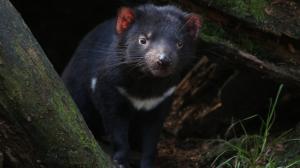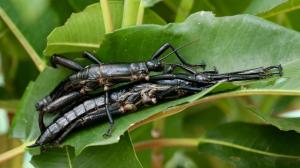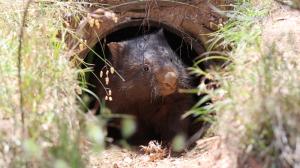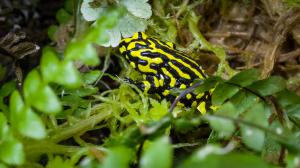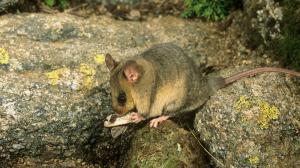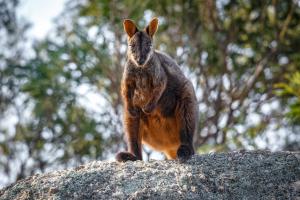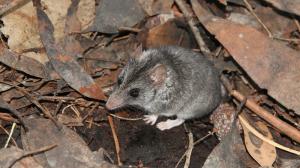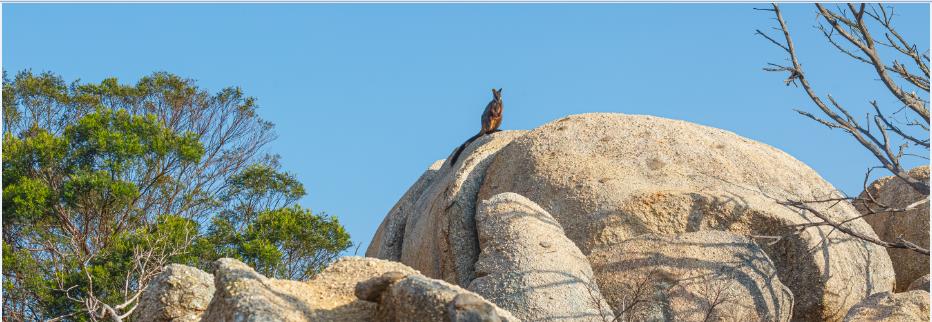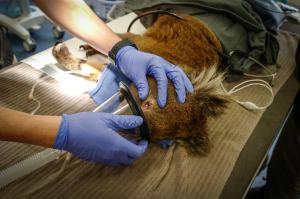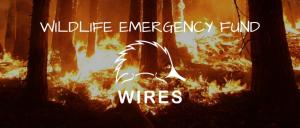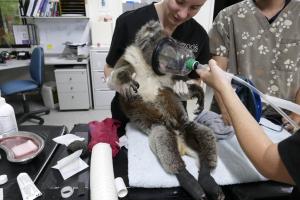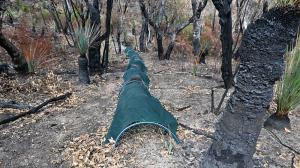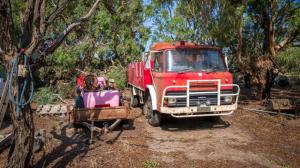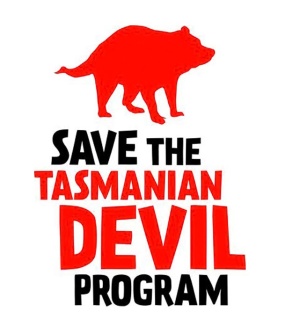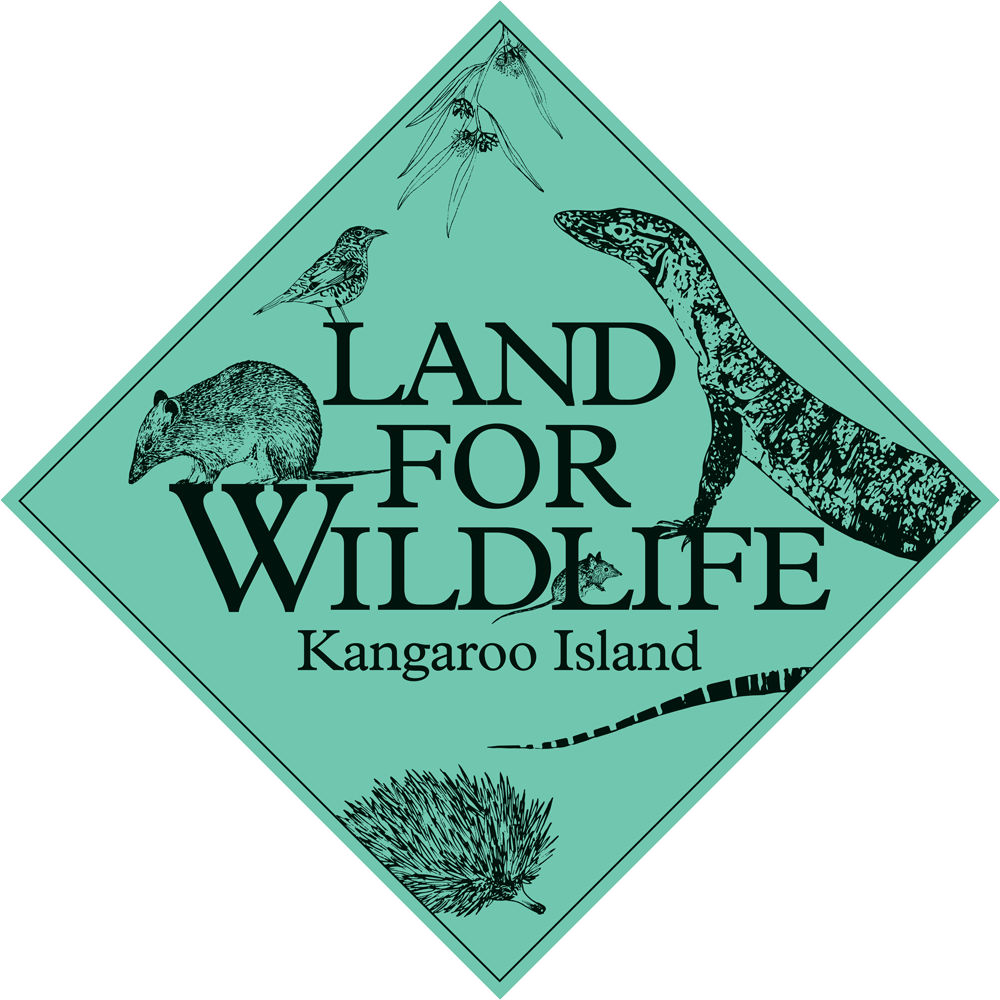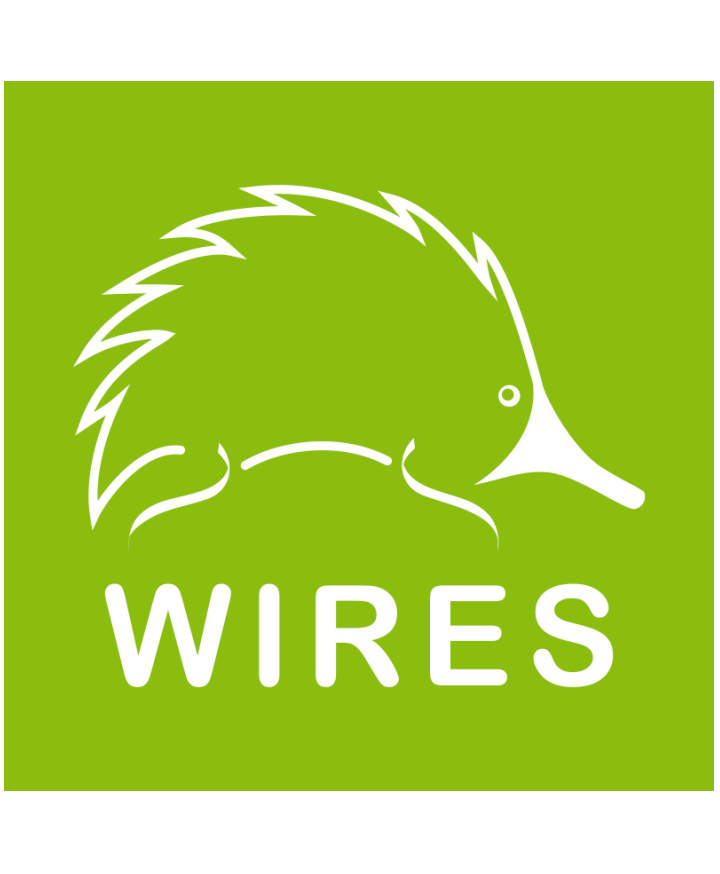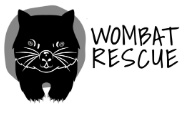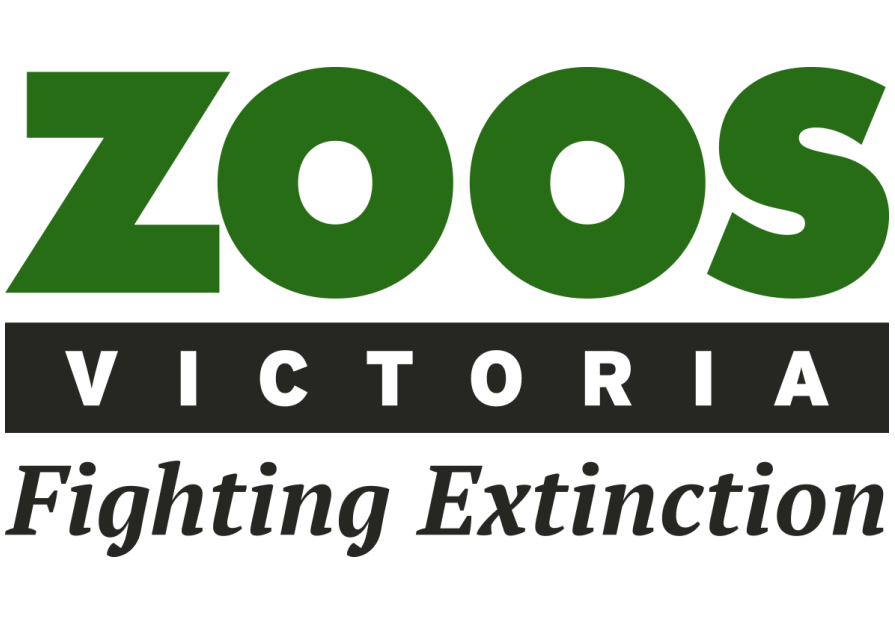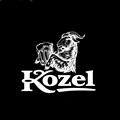Help for Australia
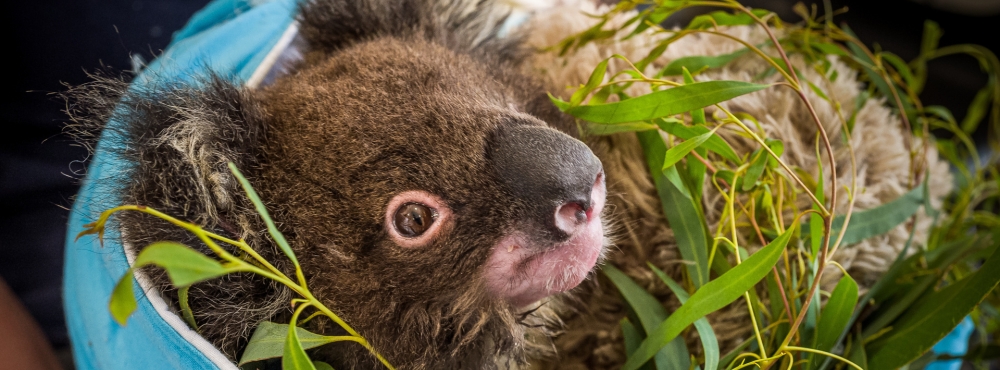
The first Australian project that Prague Zoo became involved in was the conservation of Tasmanian devils on Maria Island, off the coast of Tasmania. In addition, it raises funds to support the development of a vaccine against the facial cancer that is decimating Tasmanian devil popu¬lations in the wild, and carries out further activities aimed at protecting this unique species.
In response to the devastating fires of 2019 and 2020, Prague Zoo announced a collection that raised an incredible CZK 23 million (more than EUR 920,000). The zoo has joined in to help the animals directly affected by the fires. First and foremost, however, it has been working to protect other endangered species whose situation was worsened by the fires. These include the southern corroboree frog and the mountain pygmy possum.
Working with Zoos Victoria, Prague Zoo also takes part in a project to save the unique and critically endangered Lord Howe Island stick insect, which was long considered extinct.
Our help after the bushfires
The bushfires, which broke out in several areas of Australia in the autumn of 2019 and didn’t cease until the spring of 2020, affected the lives of the local inhabitants and, above all, the unique Australian wildlife. This provoked an extraordinary wave of solidarity around the world. The Czech Republic was no exception. Many of those who decided to contribute to save the animals and nature reserves affected by the bushfires in Australia have placed their trust in Prague Zoo. It was a great honour for us. So, we’re proud to announce that, as of 31 January 2024, our collection account had received an incredible donation of
AUD 1,496,515!
By that date, a total of 18,494 donors had contributed. We saw both small and very large sums, many of them accompanied by encouraging and touching stories. In January 2020, when the collection was at its peak, we experienced feelings of gratitude, delight and astonishment, on a daily basis. We really did not expect such generosity!
We thank you from the bottom of our hearts, a thanks that goes to all who, through us, have been involved in helping the endangered wildlife of Australia!
To provide detailed information on the specific use of funds, we have published the brochure Help for Australia. You can download the electronic version here on our website.
Most of the funds have already been distributed in line with the purpose of the collection and in consultation with our Australian colleagues. The first portion was allocated to urgent needs, particularly veterinary care, while the rest is being used to support long-term projects. The organisations that received our rapid assistance are listed below. We chose them based on knowledge of their work to date and the recommendations of renowned Australian conservationists.



